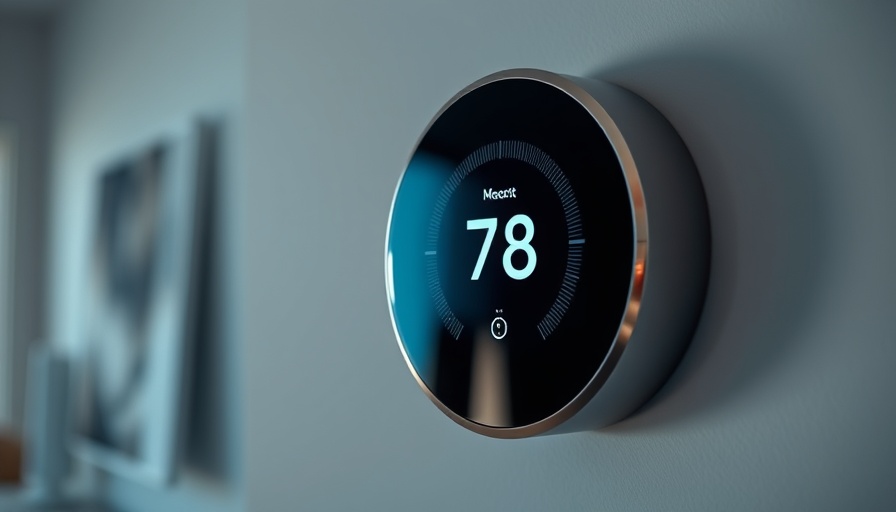
Goodbye to Smart Features: The End of an Era for Old Nest Thermostats
For homeowners in the greater Hampton Roads area, especially those who are accustomed to the conveniences of modern technology, the news from Google regarding their Nest thermostat lineup is particularly relevant. As of October 25, 2025, support for 1st and 2nd generation Nest thermostats will cease, marking a significant shift in the home automation landscape. The ability to control home temperature via smartphones and automate heating schedules will vanish for many users, pushing them toward potentially costly upgrades.
What This Means for Home Automation Enthusiasts
With Google cutting off all software updates, users of older Nest models will lose essential smart capabilities, turning their once high-tech devices into basic temperature dials. This move raises questions about the sustainability of relying on smart home gadgets as technology evolves. For families in military communities, where stability and convenience are paramount, the sudden need for upgrades could present challenges.
International Markets: Google's Strategic Exit
In an intriguing turn, Google is halting Nest sales in Europe, citing the complexity of heating systems across the continent. This contrasts sharply with the offers available in the U.S. and Canada, where significant discounts on the latest Nest models are enticing users to make the leap to newer technology. For example, U.S. residents can snag a 4th generation Nest thermostat for $130 off, which is quite an attractive deal for homeowners contemplating upgrades.
Potential Risks and Considerations for Homeowners
While the limited functionality of old Nest devices may not disrupt the basic temperature control, risks such as incompatibility with newer smart home systems or features may arise. Additionally, the looming fate of unsupported devices highlights the potential for technology obsolescence, prompting homeowners to carefully consider their investments in smart technology.
The Upgrade Dilemma: Is It Worth It?
Many families in Hampton Roads might find themselves faced with a pressing question: should they upgrade? The decision can be influenced by several factors such as budget constraints, the existing home interior design, and how deeply integrated a homeowner is with smart technology. Understanding the features lost with the old models can help drive the upgrade decision.
Conclusion: Embracing or Resisting Change?
As the technology landscape rapidly evolves, embracing new devices and their features or holding onto older technology can be daunting. As homeowners assess their living spaces—whether it’s the kitchen, living room, or bedroom interior design—the transition to smart thermostats could play a crucial role in enhancing their environments for modern living.
For those considering whether to stick with their old Nest models or invest in new technology, now is the time to evaluate. Remember, a well-designed home upgraded with smart technology can lead to greater comfort and energy efficiency.
 Add Row
Add Row  Add Element
Add Element 


 Add Row
Add Row  Add
Add 

